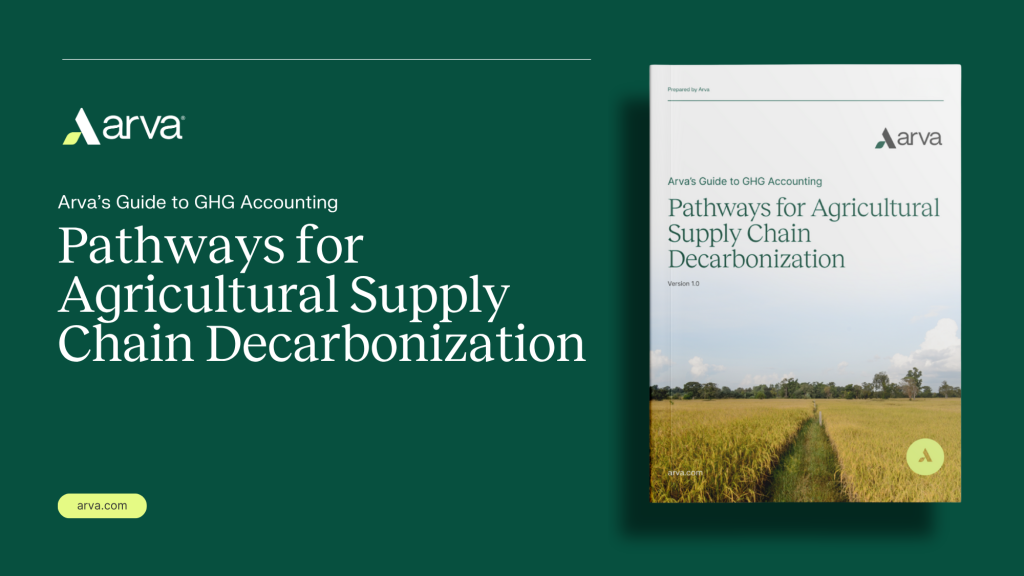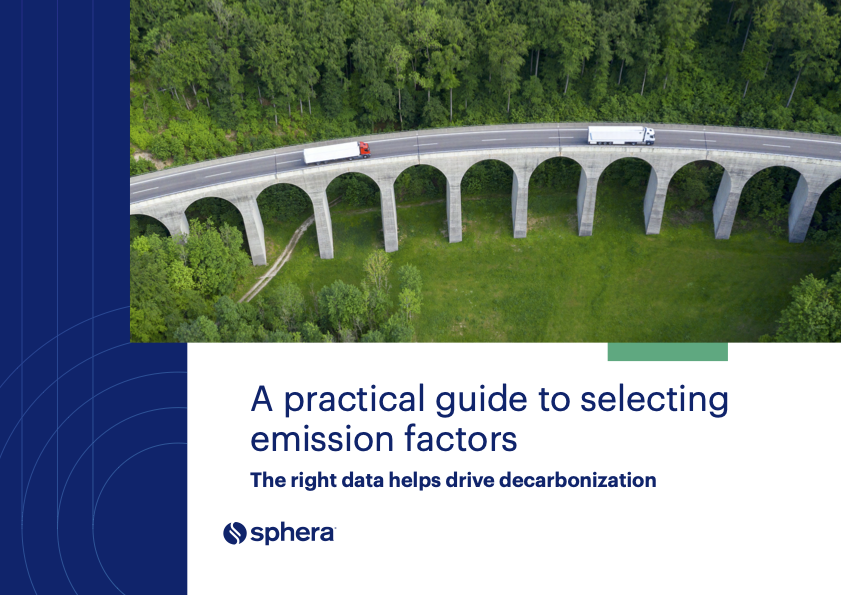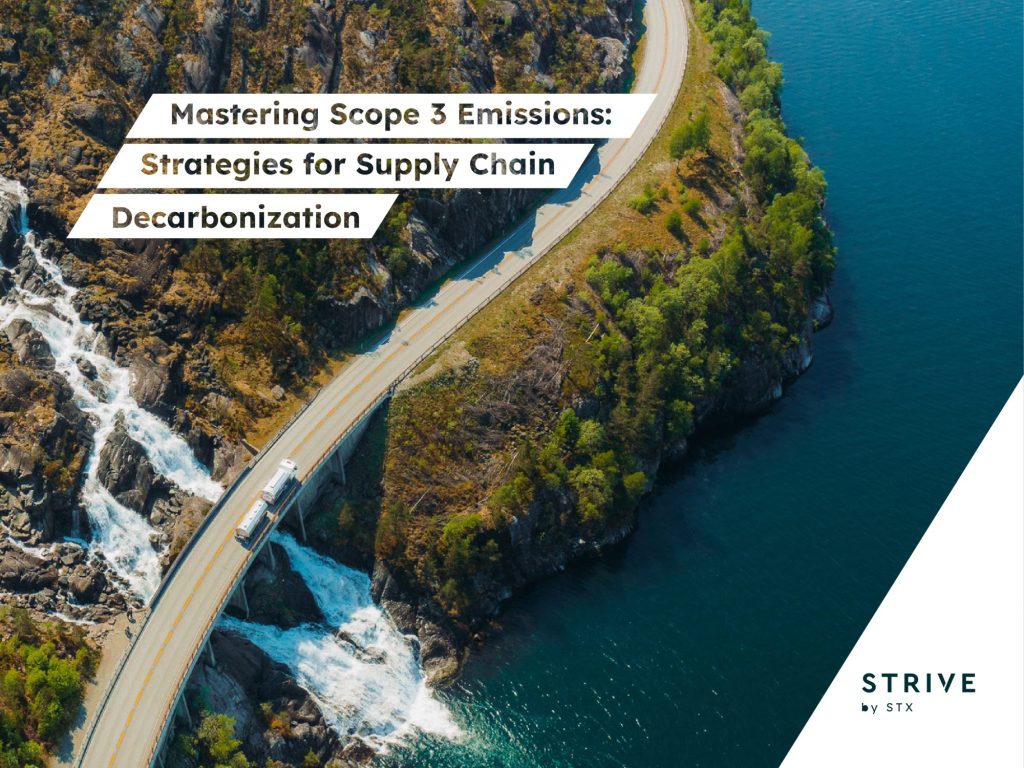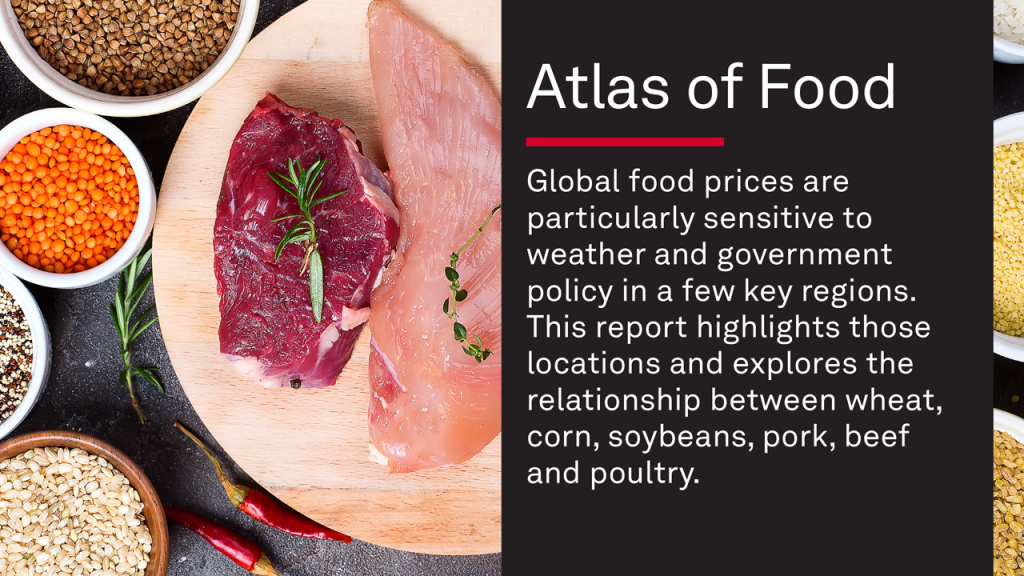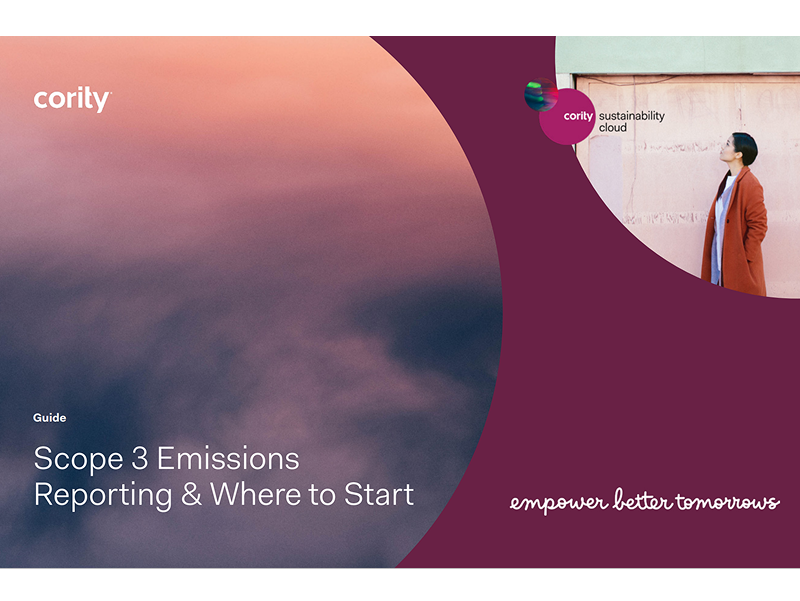Measuring, Reporting & Verification
The Big Picture
As companies are becoming increasingly aware of climate change issues, many realize that managing greenhouse gases requires tracking company emissions accurately. Stakeholders also are increasingly interested in having a way to track companies’ performance in managing greenhouse gases. These internal and external needs have led to greater interest in standards for measuring emissions, and reporting mechanisms that are run or verified by third parties.
Strict standards should be used in measuring and reporting greenhouse gas emissions. This ensures a level of confidence in reported emissions as companies develop a climate strategy.
Key Players
There are several industry groups, government agencies, and nonprofit organizations that help companies measure and report emissions.
Standards and protocols. Several multi-stakeholder groups have been created to generate common standards that are generally accepted across companies, sectors, and geographic borders. These groups have created spreadsheets for measuring, along with documents explaining related issues.
The Greenhouse Gas Protocol Initiative is the largest international effort to create common measuring standards applicable to large and small companies. It is a multi-stakeholder initiative convened by the World Business Council for Sustainable Development and the World Resources Institute. The GHG Protocol Initiative is comprised of a wide range of businesses, nongovernmental organizations, and governments from around the world. The objective is to develop internationally accepted measuring standards for GHG emissions and to promote use in companies and other organizations.
Others have used the GHG protocols as a basis for creating geographic- or industry-specific reporting protocols, or simply as a starting point for helping companies with their climate efforts. For example, The US EPA’s Climate Leaders program is a partnership between government and industry that has adapted the GHG Protocol Initiative to create its own standards as well as developing additional tools and resources to help companies. EPA also offers technical assistance to companies and can help company programs with publicity.
Emissions registries. Companies may be interested in reporting their emissions through a registry, instead of relying solely on their own reports. Reporting through an established third-party registry adds credibility to company statements and can provide publicity and recognition to the company.
The California Climate Registry, for example, combines standards with a reporting function. Created by California statute as a non-profit voluntary registry, this program helps companies and organizations to establish GHG emissions baselines against future GHG emission reduction requirements that may be surface. Registry is accepted from a broad spectrum of participants, including utilities, businesses, industry, government agencies, educational institutions, nonprofit organizations and other entities. The registry has developed a set of measuring protocols that are aligned with the GHG Protocol Initiative, but adapted to California.
The U.S. Department of Energy (DOE) also runs a public emissions reporting program called the Voluntary Reporting of Greenhouse Gases Program, enabling any company, organization or individual to establish a public record of emissions, reductions, or sequestration achievements in a national database maintained by DOE.
Non-US measuring and reporting programs. Other countries have similar GHG reporting programs. One example is Canada’s Voluntary Challenge and Registry (VCR Inc.), a public-private partnership working across all sectors to get companies to voluntarily report and, eventually, reduce emissions. Another example is Britain’s Climate Change Projects Office, which works with companies in the U.K.
Corporate efforts. The Global Environmental Management Initiative (GEMI), a non-profit, works with existing measuring and reporting standards instead of developing its own protocols. GEMI helps its member companies understand how to measure emissions and then how to take action to reduce emissions. Information on the GEMI Web site is useful to non-member companies as well.
Many companies report emissions through annual reports, web sites, and other public records. BP, for example, reports its greenhouse gas emissions on its site. BP Amoco was the first major company committed to reducing its GHG emissions to a specified level, therefore setting a precedent for other companies to follow. The company also commissioned an auditing team that developed the first-ever industry GHG emissions audit process consistent with international financial and environmental auditing standards.
The Upside
There are numerous reasons for companies to be involved with measuring and reporting, including:
- Identifying opportunities for cost and energy savings. Greenhouse gas emissions are closely linked to energy use, so measuring emissions can lead to identifying ways to reduce emissions, which can in turn lead to cost savings.
- Protocol development. By becoming involved, a company can influence protocol development and become familiar with measuring and reporting methods, processes, and issues.
- Ensuring the company is functioning within regulatory requirements. Accurate measurements, based on commonly agreed-upon standards, are a necessary first step towards such emissions trading and other regulatory changes. As government protocols emerge and develop, it becomes increasingly important for businesses to be aware of their emissions levels.
Reality Check
Action Plan
At a simple level, measuring emissions entails the following elements:
Leads
Bottom Line
Be sure to manage what is measured. If a company is serious about developing a climate strategy, then the starting point is learning how to measure emissions. This commitment is the first step towards managing emissions, which can lead to immediate cost savings help in the protection against possible future regulatory costs.
Related Articles
Corporate Carbon Reporting Needs ‘Considerable’ Improvement.
According to a United Kingdom report published by British accountancy firm ACCA and the FTSE Group, businesses are falling short in attempts to calculate and improve emissions.
Climate Change: A Mixed Report on Reporting. Two recent reports on the state of corporate sustainability reports show that, in a nutshell, companies are doing good, but not nearly good enough.
— Last updated October 1, 2007, by Christina Syriani.

